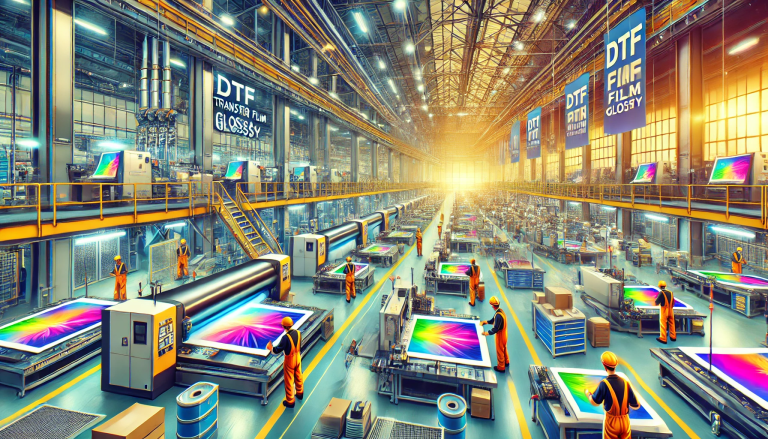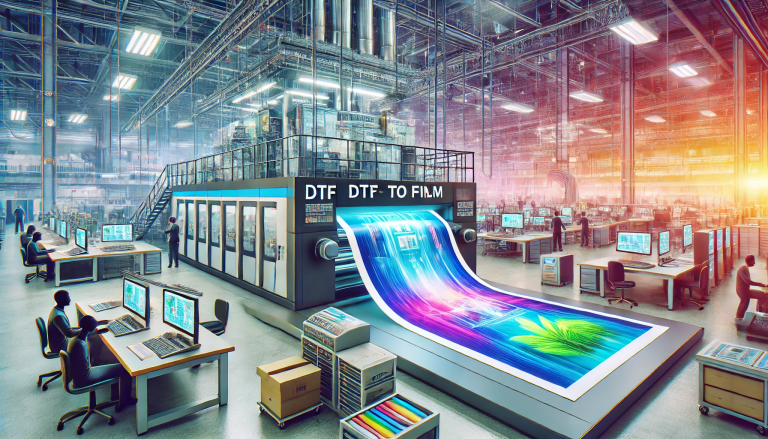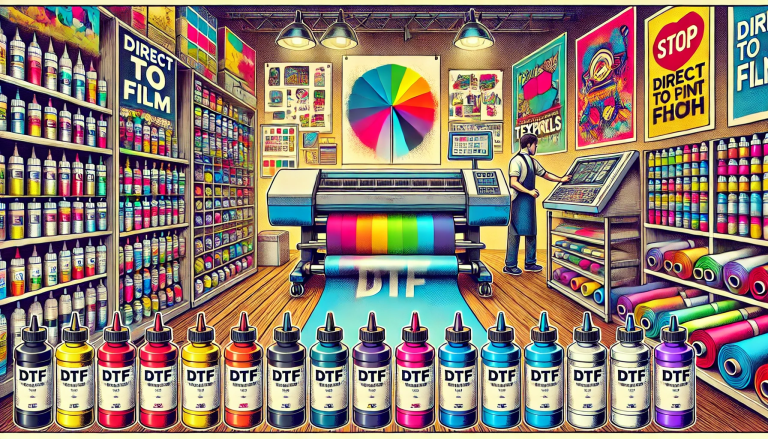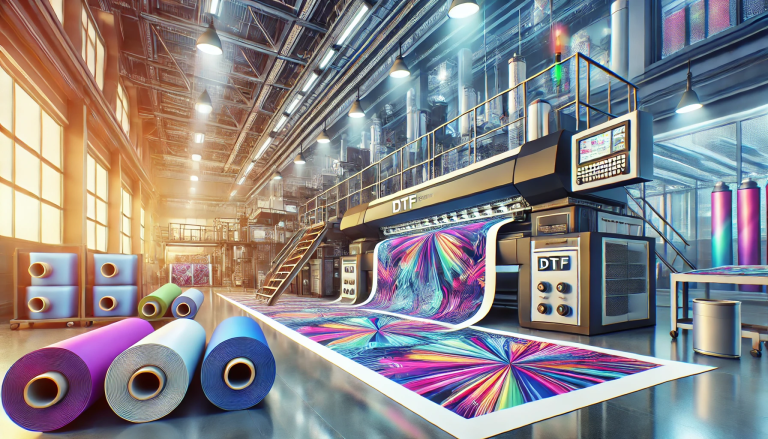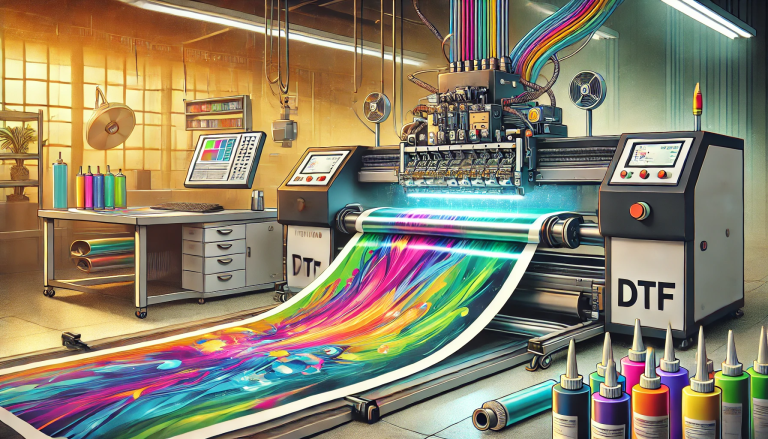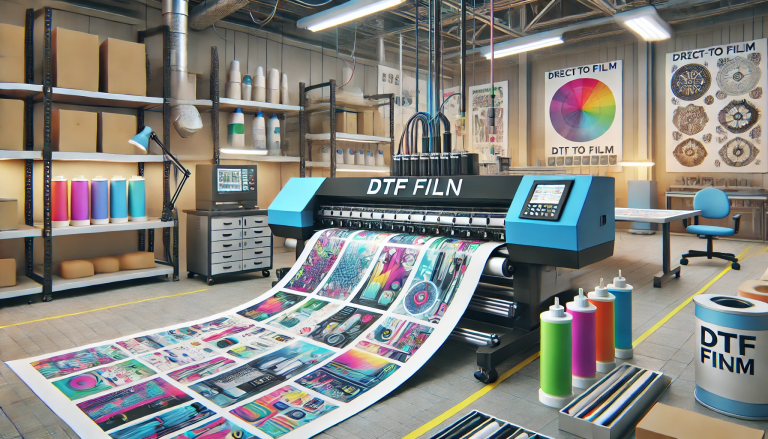“Decoding DTF Transfer: A Comprehensive Analysis of the Technique, Applications, and Future Implications” -MAXDTF- DTF Transfer sticker Supplier, DTF transfer paper Manufacturer, Made in China
Introduction
In the ever-evolving landscape of printing technology, Direct-to-Film (DTF) Transfer has emerged as a significant innovation. This technique is redefining the way designs are printed onto fabrics and other substrates, offering a level of detail and flexibility that other methods struggle to match. But what exactly is DTF Transfer? This article seeks to explore the meaning of DTF Transfer, delve into the mechanics behind the technique, and look into its various applications and future potential.
Part 1: What is DTF Transfer?
DTF, an acronym for Direct-to-Film, refers to a cutting-edge printing technique that involves transferring designs directly onto a film before applying them to the final substrate. Unlike traditional methods that require the direct application of ink onto the substrate, DTF Transfer prints the design onto a film, which is then transferred onto the desired surface.
This process includes several steps – design creation, printing onto the film using specialized DTF printers, application of an adhesive powder to the printed design, heat curing to solidify the adhesive, and finally, the heat press transfer of the design onto the material. The end product is a vibrant, high-quality, and durable design that can withstand numerous wash cycles without fading.
Part 2: The DTF Transfer Process: Step by Step
The DTF Transfer process is a sophisticated method, involving a series of precise steps:
- Design Preparation: The process commences with the creation or selection of a design, which is then refined using graphic design software like Adobe Illustrator or Photoshop.
- Printing: The refined design is printed onto a specialized PET film using a DTF printer, which deposits tiny droplets of CMYK (Cyan, Magenta, Yellow, Key-Black) and white inks onto the film.
- Application of Adhesive Powder: An adhesive powder is then applied to the printed film, which adheres only to the wet ink areas, forming a base that allows the design to stick to the fabric in the subsequent stages.
- Curing: The adhesive-laden film is passed through a heat tunnel or oven, bonding the adhesive to the ink and drying the printed design, forming a ready-to-use transfer.
- Heat Press Transfer: The final step involves placing the prepared film onto the substrate and using a heat press to transfer the design. The adhesive melts, binding the ink to the fabric and leaving behind a vibrant, durable print.
Part 3: Benefits and Applications of DTF Transfer
DTF Transfer offers several advantages and broad-ranging applications:
- Versatility: DTF Transfer can be applied to a variety of fabrics, including cotton, polyester, nylon, and blended fabrics. It also works on leather, glass, metal, and certain types of plastic, making it extremely versatile.
- Cost-Effectiveness: As DTF Transfer doesn’t require screens or color separations, it’s an economical option for small runs and custom designs, reducing upfront costs associated with other printing methods.
- High-Quality Prints: DTF Transfer can produce vibrant, full-color designs with an exceptional level of detail, resulting in high-quality prints that resist fading and wear.
- Applications: The versatility and print quality of DTF Transfer makes it suitable for numerous applications, including clothing, home décor, promotional products, product labeling, and personal customization.
Part 4: The Future of DTF Transfer
As technology continues to advance, the future of DTF Transfer looks promising. With the ability to produce high-quality, durable prints on a diverse range of materials, DTF Transfer is poised to revolutionize the printing industry.

